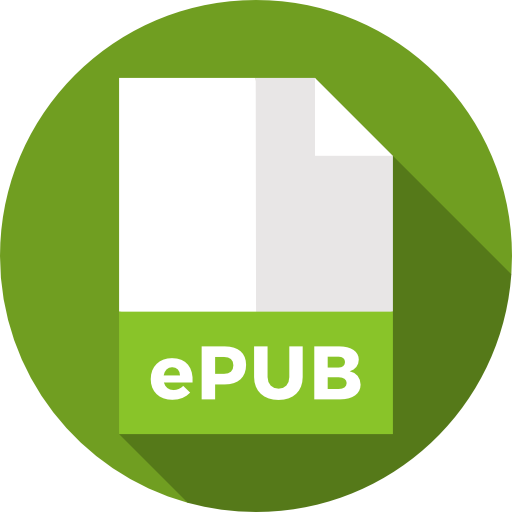
An International Publisher for Academic and Scientific Journals
Author Login
SAS Journal of Medicine | Volume-2 | Issue-03
Studying the Effect of Laser Assisted Hatching on Clinical Pregnancy Rate of Thawed Embryos after Vitrifaction
Mervat Sheikh Alarab Elsedeek, Sherif Anis Hebisha, Amany Mohamed Hanafy Mahmoud
Published: June 30, 2016 |
401
288
Pages: Page: 69-73
Downloads
Abstract
The aim of the study was to evaluate the effect of laser assisted hatching on clinical pregnancy rate of thawed
embryos after vitrifaction. Inclusion criteria: Infertility patients who had frozen embryos for transfer, Age below 40, two
or more frozen embryos available for transfer. Exclusion criteria: Blastocysts of the patients developed to hatching stage
or hatched before vitrifaction. Patients with repeated implantation failure. Patients with uterine abnormalities or previous
uterine surgery. The cases will be divided into two groups (A and B) each of them consisted of 60 patients. The patients
will be divided into two groups. Group (A):60 patients Day 3 embryos or blastocysts will undergo laser assisted hatching
using Saturn Vlaser device (RI). Half thickness of one quarter of the circumference of the zona. One hour after thawing
of the embryos and two hours before embryos transfer. Group (B):60 patients will undergo frozen - thawed embryos
transfers without laser assisted hatching. Endometrial Preparation and embryos Transfers the endometrium will be
prepared by administration of oral E2 and vaginal Micronized Progesterone. Age ranged between 22.0-36.0 and 23.0-
37.0 years with the mean of 28.94.68 and 27.85.68 years for group A and group B respectively, with no statistical
significant differences. Normal weight were found in 68.33% and 80%, over weight were found in 20.0% and 13.33%
and obese were found in 11.67 and 6.67% for group A and group B respectively, there were no statistical significant
differences between the two studied groups regarding weight.


